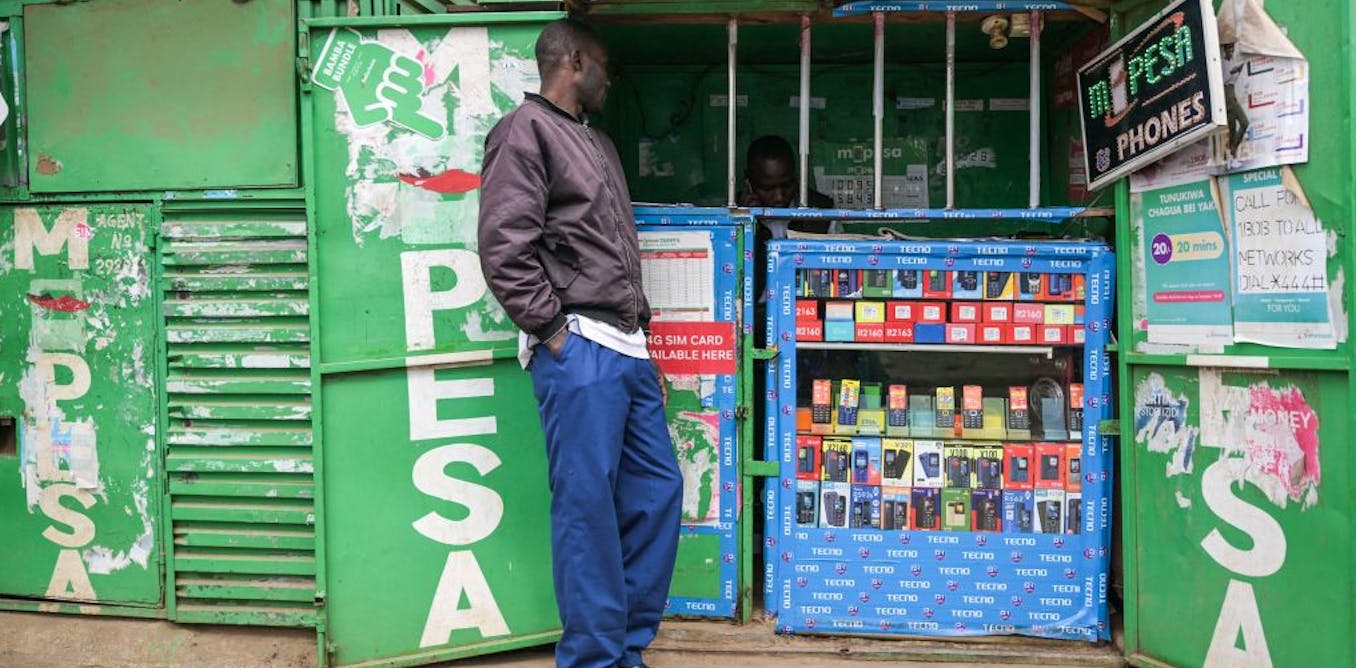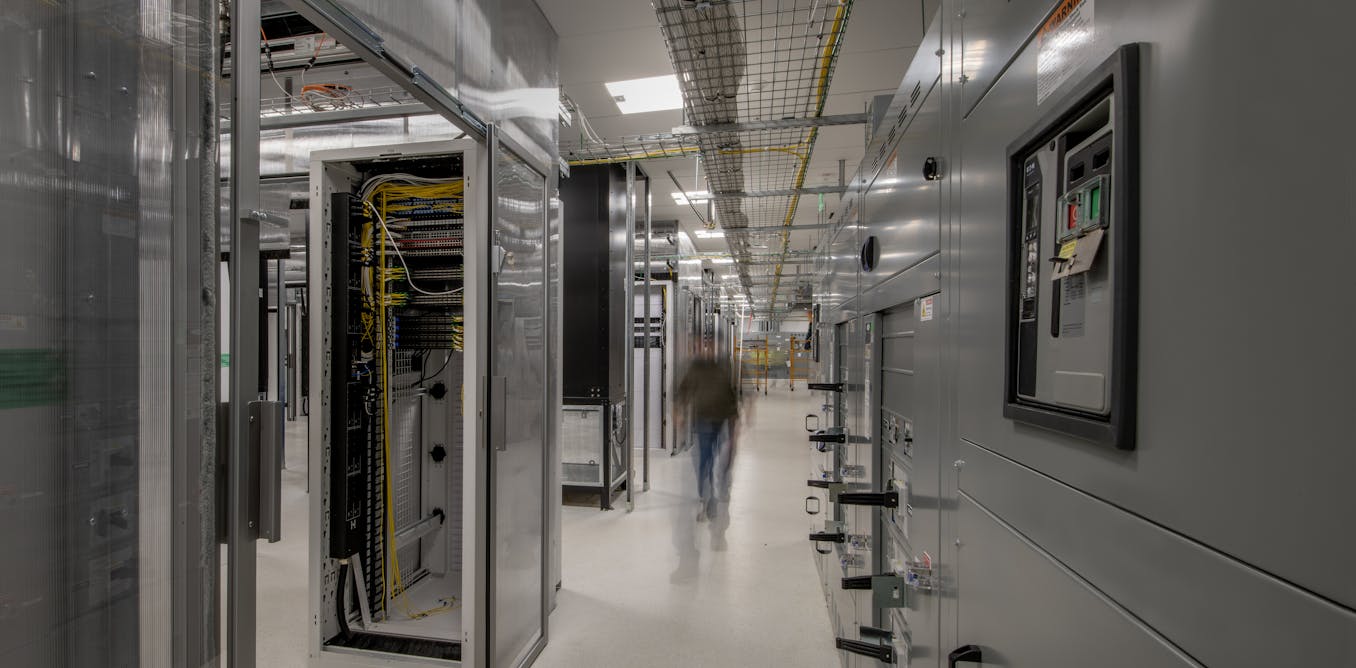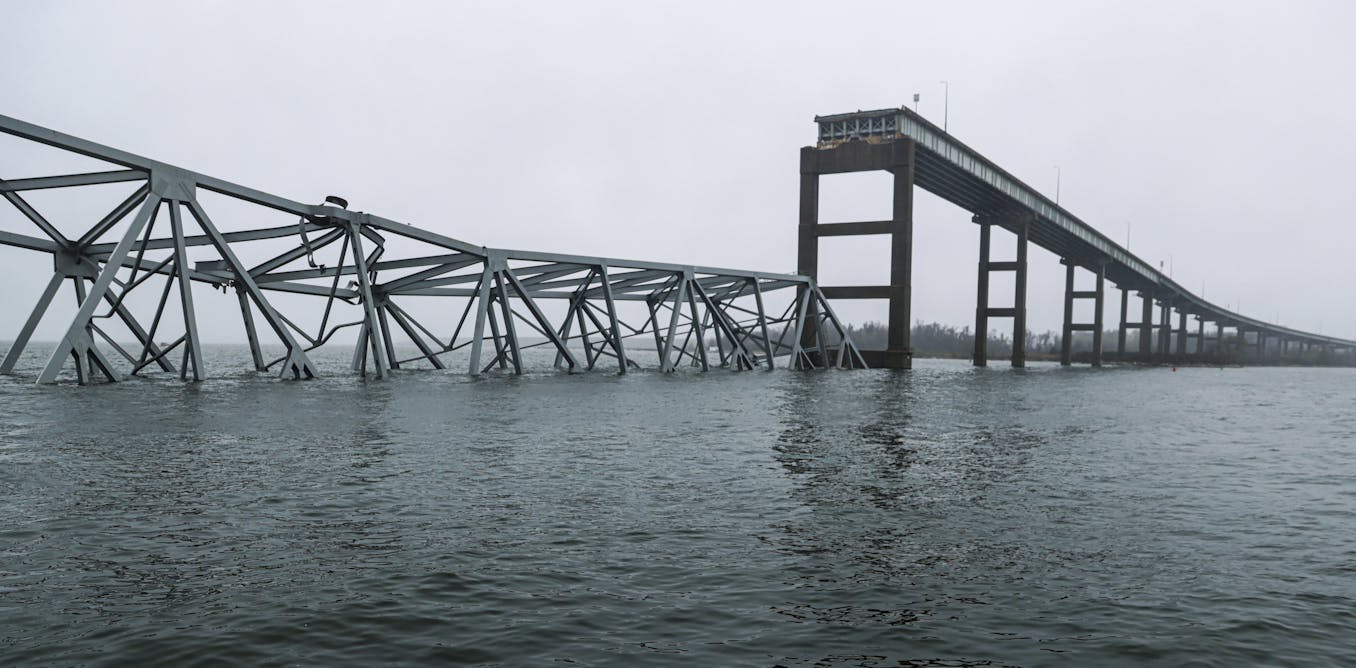Global risks are rising, and many companies are struggling with how to adapt. The World Economic Forum’s 2025 Global Risks Report makes it clear that challenges like escalating global tensions and conflicts, climate change, economic instability and supply chain disruptions are interconnected and build on one another. And they’re here to stay.
Meanwhile, US president Donald Trump’s tariff threats are creating more unpredictability in global trade.
Companies – mostly medium sized and large companies – have no choice but to constantly adjust their strategies. For several companies in emerging markets, this way of thinking is second nature. Firms often operate in environments with fragile institutions, volatile currencies, unreliable infrastructure and political instability. They have become used to designing strategies with turbulence in mind.
Instead of assuming every piece of global supply chains will fall into place as planned, and just-in-time strategies will always deliver, these companies have diversified and distributed their operations across multiple regions. They have been quick to build flexible, global supply chains, ensuring that if one part of the supply chain is disrupted, other regions can pick up the slack.
While this may seem like common sense, many companies are still finding it difficult to reorganise and adapt to a less predictable and reliable world.
So, how can companies look to build resilience and operate in uncertainty? By taking inspiration from those that have long navigated instability.
Over the past 17 years of teaching global strategic management, I’ve developed and taught case studies on numerous companies in developing countries that have successfully adapted and reworked their strategies in times of uncertainty. Many of these examples – from Embraer in Brazil, to Haier in China – are featured in my book, Global Strategic Management (Fifth Edition), with more to come in the upcoming sixth edition.
Based on these insights, I explore six key lessons companies can learn from firms in emerging markets.
Six ways resilient firms adapt to disruption
1. Learn, humbly, and adapt at lightning speed.
Companies in emerging markets have always had to be more adaptable. They are fast learners and quick to pivot, starting from the understanding that things may not always go as planned. As a result, they design their operations to be resilient from the start. They anticipate disruptions rather than wait for them to happen.
A classic example of this is M-Pesa. The mobile payments platform was first launched in Kenya in 2007. Initially it aimed to provide microloans to people without bank accounts. However, when users began using it for money transfers and bill payments, the company quickly adapted to meet this new demand. This ability to learn fast and change direction helped M-Pesa become a leader in mobile payments. It now serves as a global benchmark for success in the industry.
Humility is essential for this kind of swift and effective adaptation. Companies that often face tough, unpredictable conditions tend to approach challenges with a humble mindset. Instead of assuming they have all the answers, they remain open to learning and adjusting.
2. Lean on local partnerships.
When entering unfamiliar or unpredictable markets, firms often approach operations with a transactional mindset – focusing on short-term, one-off exchanges – rather than forming deep partnerships with local stakeholders. This limits their ability to understand and deal with political or social disruptions.
Natura & Co, the Brazilian cosmetics giant, offers helpful lessons. It has long focused on localising production and sourcing materials from nearby suppliers. Its focus is in the Amazon region, where it works with local communities to sustainably harvest raw materials like açaí (purple berries from South American palm trees) and Brazil nut oil. This approach:
-
reduces reliance on distant sources
-
increases flexibility, allowing the company to quickly adapt to regional challenges
-
builds trust which in turn stabilises supply chains and helps firms gain on-the-ground intelligence.
3. Make room for redundant infrastructure.
Firms often delay investments in redundant infrastructure until after a crisis exposes vulnerabilities. For instance, firms may rely on a single data centre or power grid, assuming infrastructure reliability.
For companies like MTN Group, a telecommunications giant based in South Africa, redundancy is a necessity, not a luxury. Investing in backup power solutions and alternative communication links is essential to ensure MTN can maintain services during frequent power outages.
In critical sectors like telecommunications and technology, parallel networks, alternative energy sources and backup systems ensure uninterrupted operations in the face of infrastructure failures, climate risks or other unforeseen disturbances.
4. In unstable environments, build your own stability.
In unpredictable markets, companies have to take matters into their own hands to ensure their operations run smoothly. They fill “institutional voids” common in such markets by forming diversified business groups. These provide critical support, such as internal financing, talent development and logistical infrastructure, to work around the challenges of their operating environments.
The Tata Group, which operates across multiple industries from steel to software, is perhaps the most prominent example of this.
Another great example is MercadoLibre, Latin America’s leading e-commerce platform, which faced the challenge of fragmented transport networks that made 24- or 48-hour deliveries near impossible. The only way to improve delivery speed was for the company to build its own logistics network. By doing so, it gained greater control over its supply chain, improved its ability to scale and greatly improved delivery reliability.
5. Localise production, sustainably.
Localised production reduces reliance on complex, long-distance global supply chains and helps minimise the environmental impact of transportation. When production and sourcing are local, companies are able to cut emissions and are less vulnerable to external shocks, as they are not reliant on the smooth functioning of distant suppliers or transport routes.
Dilmah Tea took this hands-on approach by owning tea gardens, factories and packaging facilities in Sri Lanka. The company controls every step of the process, ensuring high-quality, single-origin Ceylon tea while cutting costs and emissions.
This localised approach minimises dependence on external suppliers, protecting them from problems that can arise in global supply chains, like delays or shortages.
6. Empower employees to be agile and responsive to change.
Giving employees greater responsibility can make a big difference in how well a company handles unexpected changes. Chinese home appliances and electronics company Haier took this to the next level by famously transforming into an organisation of thousands of micro-enterprises, each responsible for decision-making, resource management and profit generation.
This decentralised approach allows teams to swiftly adapt their strategies when disruptions arise. For instance, during the COVID pandemic, Haier maintained operational efficiency by enabling employees at local and product levels to make rapid, informed decisions.
By staying close to users and gathering constant feedback, Haier’s micro-enterprises are able to anticipate potential disruptions before they become major threats and develop products and services that satisfy evolving needs.
While it might not always be possible to completely shift power to individual teams, when people have the freedom to make decisions and take ownership of their work, they can respond quickly to new challenges and come up with creative solutions.
Anticipation and adaptation
The challenges that seem new and overwhelming are simply part of the daily reality for those in emerging economies. For decades, companies in these regions have been anticipating and adapting. As risks grow and intertwine, companies can learn from the resilience built by businesses in emerging markets.
It all begins with a shift in mindset – recognising these challenges as the new reality and accelerating our own pace of learning and adaptation accordingly.

The post “6 tips on how to run a company in turbulent times – lessons from emerging markets” by Felipe Monteiro, Senior Affiliate Professor of Strategy, INSEAD was published on 02/19/2025 by theconversation.com

































Leave a Reply